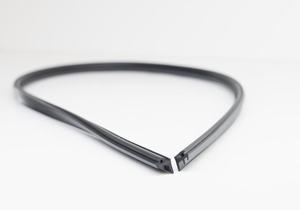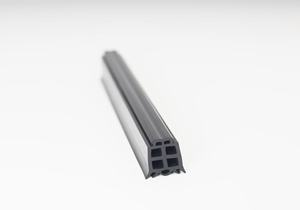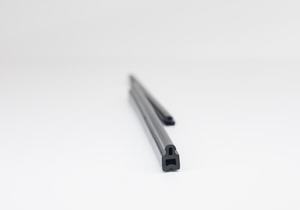GRP pipe seals, also known as glass-reinforced plastic pipe seals or fiberglass pipe seals, are essential components used in various piping systems across industries such as water treatment, wastewater management, chemical processing, and oil and gas transmission. These seals serve the critical function of preventing leakage and ensuring the integrity of the piping infrastructure under different operating conditions.
GRP pipe seals are specifically designed to provide a reliable and durable seal between adjoining pipes, fittings, or other components in a piping system. They are commonly used in joints, connections, and transitions where pipes need to be securely linked together. These seals play a crucial role in maintaining system efficiency, preventing fluid loss, and minimizing the risk of environmental contamination or safety hazards associated with leaks.
The construction of GRP pipe seals typically involves layers of glass fibers or mats impregnated with a resin matrix, which is usually epoxy or polyester. This composite material offers excellent strength, corrosion resistance, and dimensional stability, making it well-suited for demanding applications in aggressive environments. The manufacturing process may involve various techniques such as filament winding, pultrusion, or compression molding to achieve the desired shape, size, and performance characteristics of the seals.
One of the key advantages of GRP pipe seals is their versatility and adaptability to different pipe materials, sizes, and configurations. They can be custom-engineered to meet specific requirements and can accommodate variations in temperature, pressure, and chemical exposure encountered in diverse operating conditions. Additionally, GRP seals are lightweight compared to traditional metallic seals, which simplifies handling, installation, and maintenance procedures.
In terms of performance, GRP pipe seals offer superior resistance to corrosion, abrasion, and chemical attack compared to metal seals, ensuring long-term reliability and extended service life. They also exhibit excellent mechanical properties, including high tensile strength, modulus of elasticity, and fatigue resistance, which contribute to their ability to withstand cyclic loading and stress variations over time.
Installation of GRP pipe seals typically involves a straightforward process that may include cleaning and preparing the joint surfaces, applying a suitable adhesive or sealant, and securely positioning the seal in place. Proper installation practices are essential to ensure leak-free connections and optimize the performance of the piping system.
GRP pipe gaskets play a critical role in maintaining the integrity and efficiency of piping systems in various industrial applications. With their exceptional durability, chemical resistance, and sealing performance, they offer a cost-effective solution for ensuring leak-free operation and minimizing maintenance requirements over the lifecycle of the infrastructure. As industries continue to demand reliable and sustainable solutions for fluid handling and transport, GRP pipe seals remain a trusted choice for sealing critical joints and connections in piping networks.









